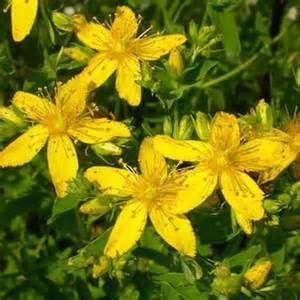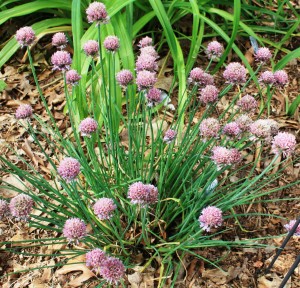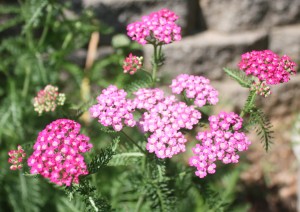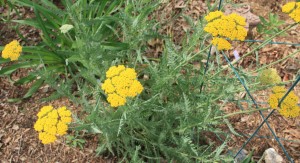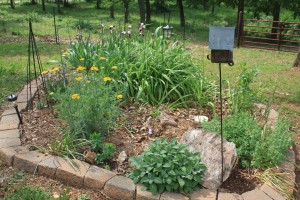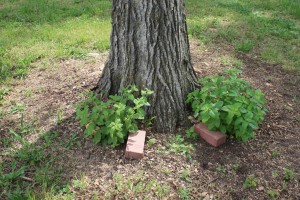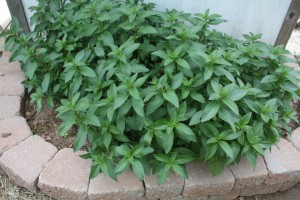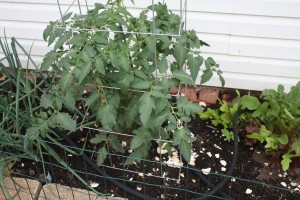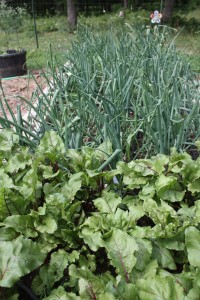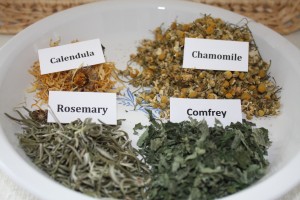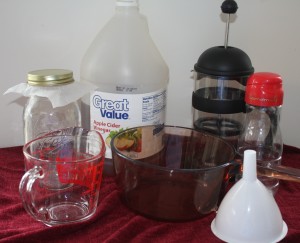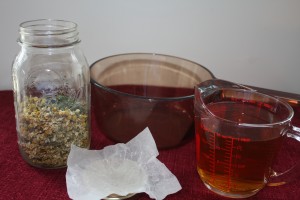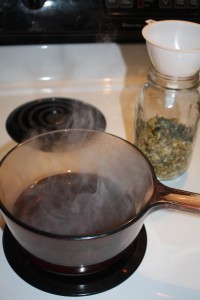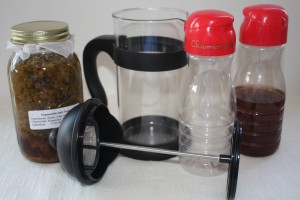St John’s Wort Hypericum Perforatum
Parts Used: Flowers, stems and leaves
Primary uses for St John’s Wort: Mild depression, anxiety, insomnia, fatigue, Anti-viral, used for PMS ,pre-menopausal and menopause. External: wounds, bruises and first degree burns.
Comes in: Tea, tincture, tablets, capsules, salves, creams and oil
Suggested dosage: capsules or tablets take 300 mg 3 times a day. Tinctures 10-15 drops a day
Flowers: Are used to make St John’s Wort blood red infused oil. The oil can be used topically for mild burns, wounds and inflammations. Harvest just when the buds began to open on a sunny day. To tell if they are ready, press a bud between your fingers, if there’s a spurt of purple or deep red they are ready to pick, if not it is either too early or too late. Check every day. St John Wort blooms bright yellow flowers the middle of summer and early fall. The flowers are edible.
Growing: This short term perennial grows 1-3 feet tall, with branching two edge stems and loads of flowers. The leaves are pale green, oblong and covered with tiny pinholes which are oil glands. The flowers are lemon scented. Zone: 3-9. Tolerate most soils in sun and light shade. It is considered an invasive in Missouri. It grows from runners; cuttings and it will self sow. Be sure and use the Hypericum Perfortum variety, if using for medicinal purposes.
Medicinal: For treating mild depression, anxiety, stress, tension, nerve damage, and seasonal affective disorder (SAD). It needs to be used over a period of time for full effect 2-4 weeks. To treat chronic stress and depression it should be used over several months. It is antibacterial, antiviral, and anti-inflammatory, which make it helpful for treating bacterial and viral infections such as shingles and herpes. It is also being studied for its capability to hinder the AIDS and HIV virus, but research is still ongoing. Use correctly, St Johns Wort is very effective antidepressant, and over the past 30 years its efficacy has been proved by extensive clinical and scientific studies.
History of St John’s Wort: it has been used as a wound healer since 500 BC. When John the Baptist was beheaded, where his blood spilled it is said that St John’s Wort grew from the blood. European peasants burnt the plant on June 24, which is John the Baptist birthday, to dispel evil spirits. Because the plant “bleeds red” it was used for wounds during the crusades. During ancient times the way to know what a plant was good for it should look like, or act like the ailment it was treating.
To make St John’s Wort oil: As the flowers start to bloom you will need to squeeze the flowers and if they bleed red they are ready to pick. If they don’t have the red/purple liquid then it is either too early or too late. You need to check every day. Shake off any dirt, and pat dry. This is one of the oils that should be made with fresh material. Most oils are made with dry to prevent mold. They should be picked on a sunny day, but it might be a good idea to wear gloves to prevent any dermatitis. Put one cup of fresh yellow flowers in a quart jar and cover with cold process olive, or safflower oil. Place jar in window or a warm spot and shake daily. Check often for mold. (If mold occurs, throw away.) After two or three weeks, the oil will turn red, strain off the oil, bottle, label and store in a cool place. When staining, line a fine mesh strainer with cheesecloth and squeeze as much oil out as possible. You can tie off the cheesecloth and place in a wine press or coffee press to get the last few precious drops.
Precautions: do not used for severe depression, do not use if pregnant or planning to get pregnant. Do not quit all at once, taper off. SJW can cause photo sensitivity in some individuals, (sensitive to sun). If you are taking antidepressants medications and want to substitute or complement them with SJW, check with your health care provider. The University of Maryland Medical center has a whole list of medications to avoid if taking SJW. Do not take a week before or after surgery.
This information is for informational and educational purposes only, not intended to treat, cure, diagnose or prevent any disease. Sharon

